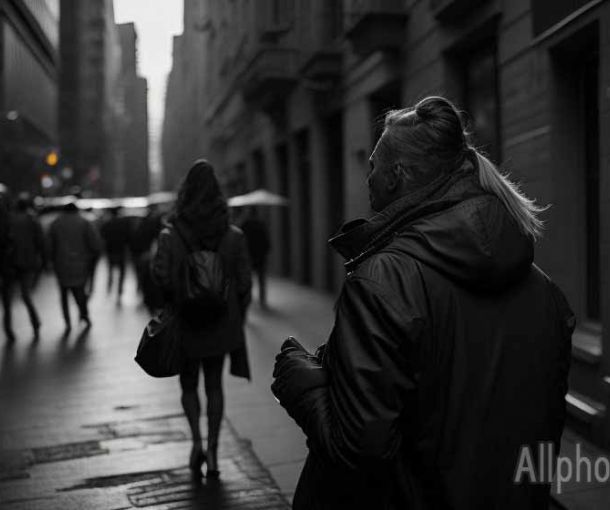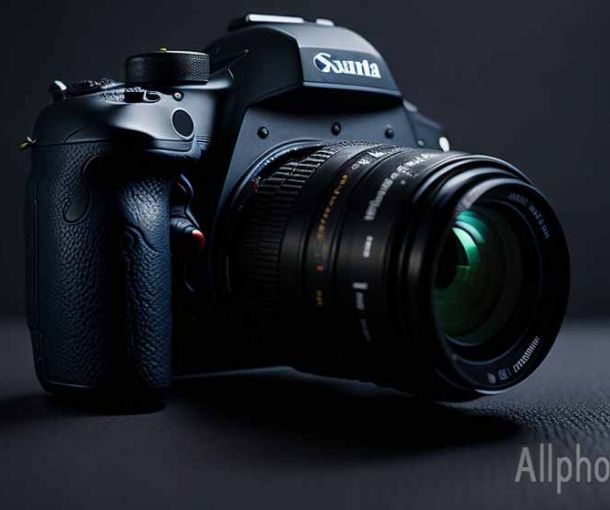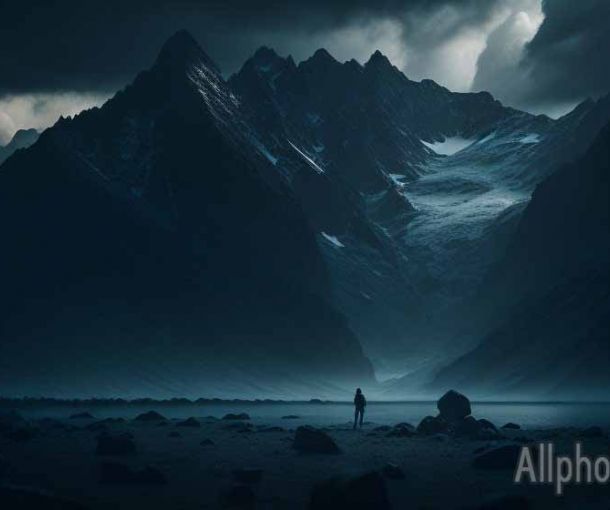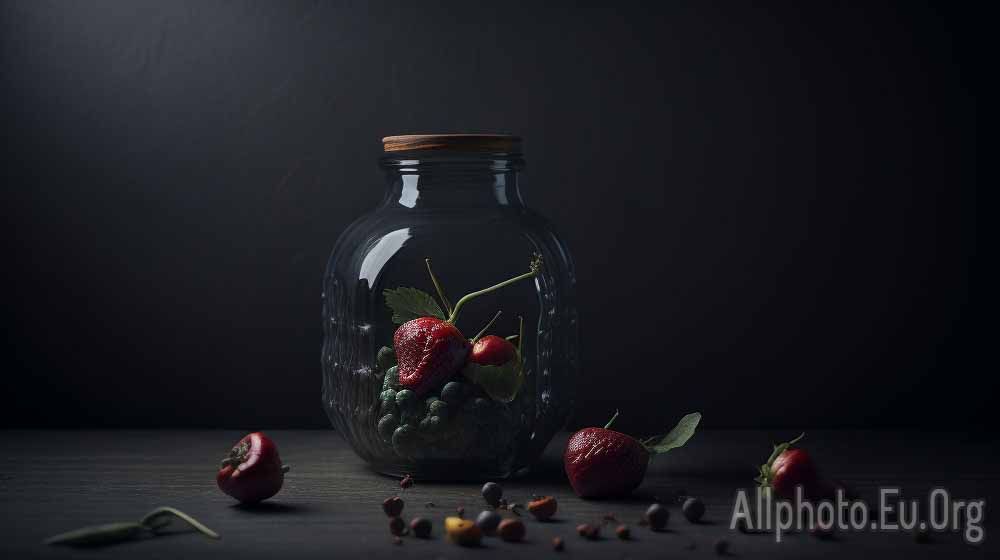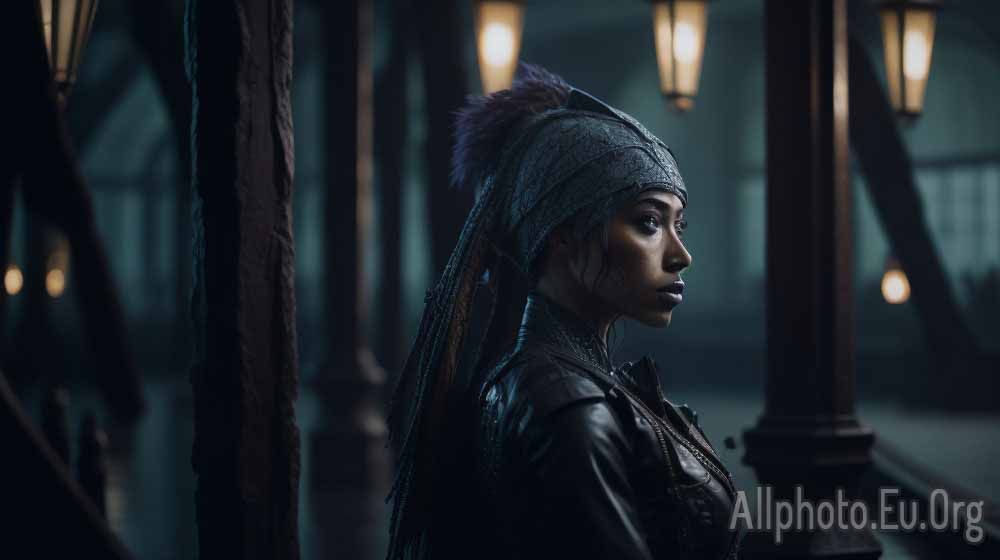The Importance of Timing in Wildlife Photography: Capturing the Perfect Moment
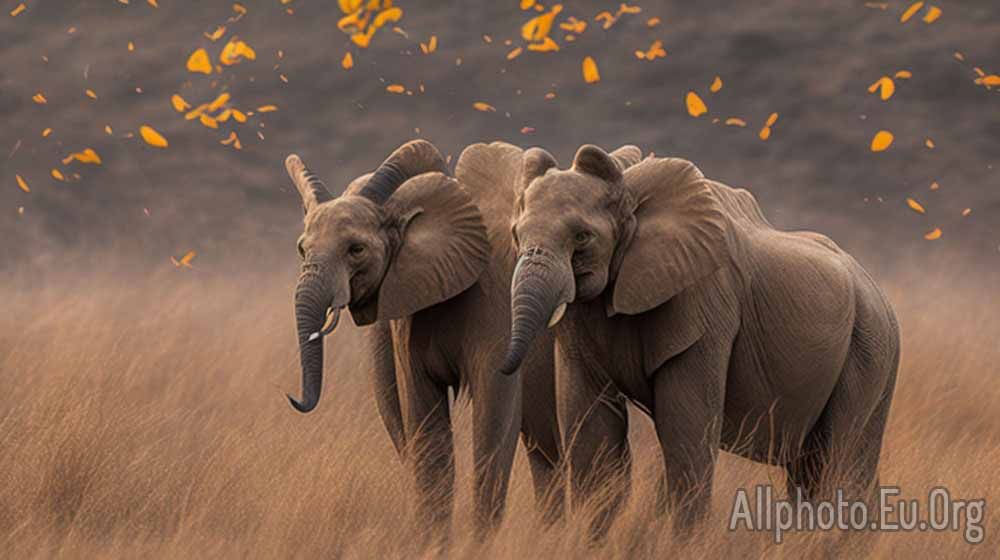
Wildlife photography is an exciting and rewarding genre of photography that captures the beauty and behavior of animals in their natural habitat. The key to capturing stunning wildlife images lies in timing. Photographers need to be patient, observant, and aware of the environment to capture the perfect moment. In this article, we'll discuss the importance of timing in wildlife photography and how it can help you take stunning photographs.
Timing is everything in wildlife photography. The right moment can make all the difference in capturing an exceptional image that stands out from the rest. The perfect moment can be a fleeting expression, a predator pouncing on its prey, or a bird taking off in flight. These moments are what make wildlife photography so special, and they require a keen eye, quick reflexes, and a lot of patience.
One of the most critical aspects of timing in wildlife photography is understanding animal behavior. Knowing when and where animals are most active can help you anticipate their movements and capture their natural behavior. For example, many predators hunt at dawn and dusk when the light is low, making it an ideal time to capture their hunting behavior. Additionally, many animals have specific mating seasons or migration patterns, which can be used to your advantage when planning your photography trips.
Another essential aspect of timing in wildlife photography is patience. Wildlife photography requires a lot of waiting and observing to capture the perfect moment. Animals can be unpredictable, and sometimes you may have to wait for hours or even days to capture the perfect shot. But it's worth it when you finally get that shot that captures the essence of the animal and its behavior.
Lighting is also an essential factor in wildlife photography. The quality and direction of light can have a significant impact on your photographs. The best lighting for wildlife photography is often early in the morning or late in the afternoon when the light is warm and soft. This lighting can add depth and dimension to your images and create a mood that enhances the natural beauty of the animal.
Furthermore, the type of weather can play a significant role in wildlife photography. Cloudy or overcast days can be ideal for capturing certain animals as they tend to be more active during these conditions. Rainy days can also provide opportunities for unique shots, such as animals taking shelter or playing in the rain.
The equipment you use in wildlife photography can also impact timing. Having a camera with a fast autofocus and burst mode can help you capture action shots with precision and speed. Additionally, using a tripod or monopod can help stabilize your camera and keep it steady for long periods, allowing you to focus on capturing the perfect moment.
In conclusion, timing is a crucial element in wildlife photography. It requires patience, observation, and an understanding of animal behavior to capture the perfect moment. By being aware of the environment, lighting, weather, and equipment, you can increase your chances of capturing stunning wildlife photographs that tell a story and showcase the beauty of nature. Remember to be patient and persistent, and with practice, you can capture the perfect moment every time.
Another important factor to consider when timing your wildlife photography is your own presence in the animal's environment. It's important to be as unobtrusive as possible, so you don't disturb the animal's natural behavior or habitat. This means being respectful of their space, minimizing noise and movement, and using camouflage or blinds to blend in with the surroundings.
Additionally, it's important to understand the ethical considerations of wildlife photography. Always prioritize the well-being and safety of the animals, and never interfere with their natural behavior or habitat. Avoid using bait or lures to attract animals, as this can disrupt their natural diet and behavior. And always follow local regulations and guidelines for wildlife photography to ensure you're not harming the animals or the environment.
In conclusion, timing is a critical element in wildlife photography that can make or break a shot. By understanding animal behavior, lighting, weather, and equipment, you can increase your chances of capturing stunning images that tell a story and showcase the beauty of nature. But it's important to do so in an ethical and respectful manner, prioritizing the well-being of the animals and their habitat. With practice and patience, you can capture the perfect moment and create images that inspire and captivate viewers for years to come.
Furthermore, post-processing can also play a role in enhancing the timing of your wildlife photography. Adjusting the exposure, contrast, and color balance can bring out the details and nuances of the animal's behavior and environment. However, it's important to use post-processing in moderation and not rely on it to fix poorly timed shots.
In conclusion, timing is crucial in wildlife photography, and it requires a combination of patience, observation, and technical skill. By understanding animal behavior, lighting, weather, and equipment, you can increase your chances of capturing stunning images that tell a story and showcase the beauty of nature. And by being respectful and ethical in your approach, you can ensure that your photographs have a positive impact on the animals and their habitat.
Tags
Latest Articles
Most Read
All Tags
Subscribe
Donate
Please consider supporting our efforts.
© 2023 All-Photo.Cf All rights reserved.


